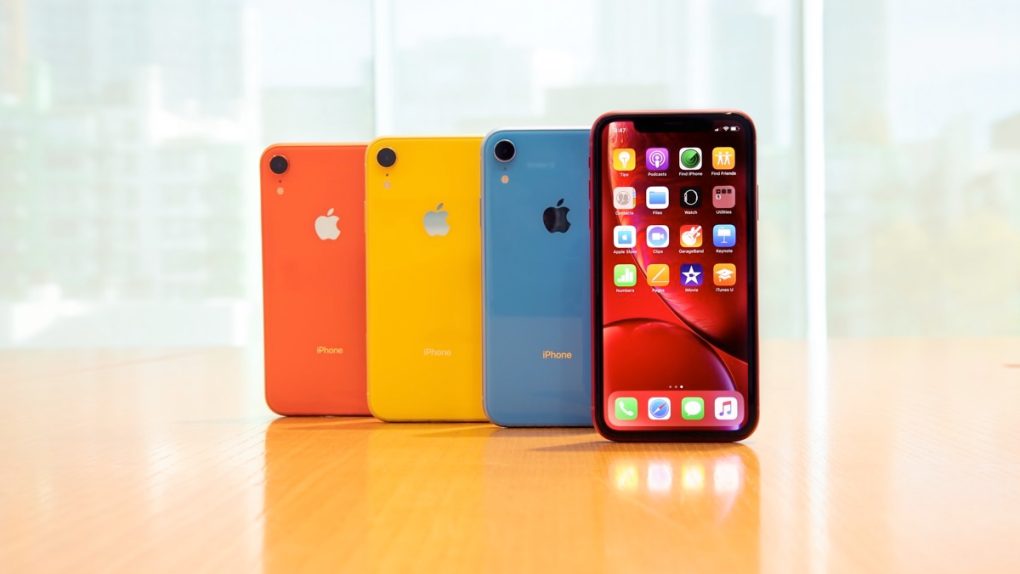Every year, when Apple introduces its new iPhone lineup, the company naturally focuses on forward-facing features that make for strong selling points. So whether it’s a brand new display or a much-improved camera, Apple hones in on certain features that, taken together, tend to make a compelling case for users to upgrade. At the same time, new iPhone models invariably feature a bevy of behind-the-scenes improvements that improve the overall user experience. And sometimes, new iPhones include new technology that ultimately helps bolster Apple’s bottom line.
To this point, analyst Ming-Chi Kuo is out with yet another research note regarding Apple’s 2019 iPhone lineup. In a note originally obtained from AppleInsider, Kuo articulates that Apple’s iPhone models will incorporate MPI antenna technology as opposed to Liquid Crystal Polymer (LCP) antenna technology exclusively.
As to the impetus behind Apple’s decision, Kuo writes that LCP antenna technology by itself is on the fragile side with respect to production, a characteristic which results in yields somewhat below the range Apple would like. At the same time, taking measures to improve LCP yields could result in reduced LTE performance. In light of that, Kuo relays that next year’s iPhone lineup will include a mix of MPI and LCP antennas.
Kuo’s note reads in part:
In total, six LCP antennae are currently being equipped in 2H18 new iPhone models (XS Max, XS, and XR). We predict that [2019] new iPhone models, including the new 6.5″ OLED, 5.8″ OLED, and 6.1″ LCD models, will adopt four MPI antennae and two LCP antennae.
Notably, consumers won’t notice any differences, but improved yields can only help but help Apple’s bottom line. It’s also possible that the improved yields might prevent delays which have impacted new iPhone releases two years running.
It’s also worth mentioning that Kuo’s note corroborates previous reports we’ve seen regarding Apple’s 2019 iPhone lineup, namely that the company will stick with three different models all featuring the same form factors as this year’s iPhone lineup.
Now as to what type of consumer-facing features next year’s iPhone models will bring to the table, Kuo previously said that we can expect improved Face ID sensors that will improve overall reliability and performance.








